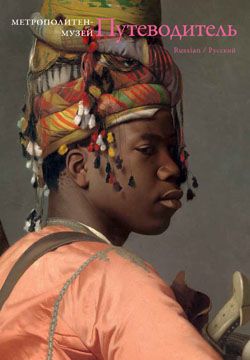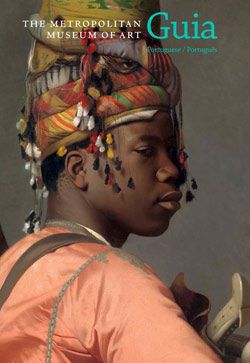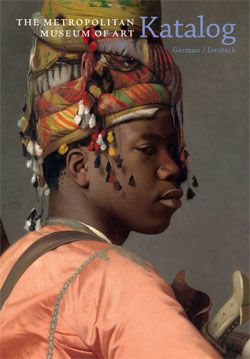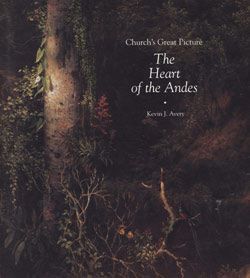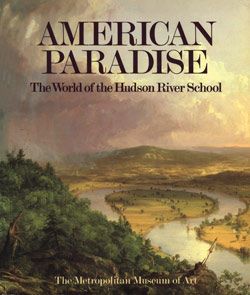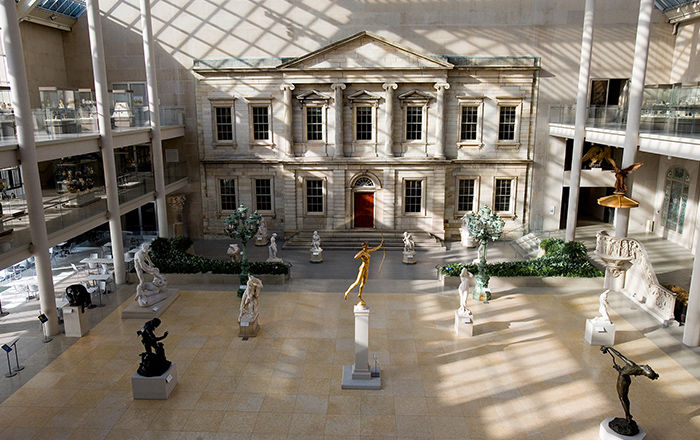The Rocky Mountains, Lander's Peak
Albert Bierstadt American
In early 1859, Bierstadt accompanied a government survey expedition, headed by Frederick W. Lander, to the Nebraska Territory. By summer, the party had reached the Wind River Range of the Rocky Mountains in present-day Wyoming. Painted in New York after Bierstadt’s return, this work advertised the landscape as a frontier destined to be claimed by White settlers, according to the doctrine of Manifest Destiny. This belief that Americans were the divinely ordained "masters" of the continent systematically ignored—with dire consequences—the presence of Indigenous populations, such as the Shoshone peoples depicted in the foreground.
Read a Native Perspective on this work.
#4354. The Rocky Mountains, Lander's Peak
-
4354. The Rocky Mountains, Lander's Peak
-
1139. Kids: The Rocky Mountains, Lander's Peak
Playlist
This image cannot be enlarged, viewed at full screen, or downloaded.






